At this point in time, essentially the entire world (barring the depths of the oceans) has been pretty well mapped out and explored. However, not that long ago, many brave men and women had to risk life and limb in order to find new places and chart new waters. Many of these expeditions involved great heroics and succeeded against all odds. However, some went through horrible struggle, and ended in bitter failure. And many expeditions that we know of as successes, still went through far more struggle than most people imagine. If you are going to travel to an entirely new place, planning is key, or you may end up like the people in these entries.
10. The Donner Party
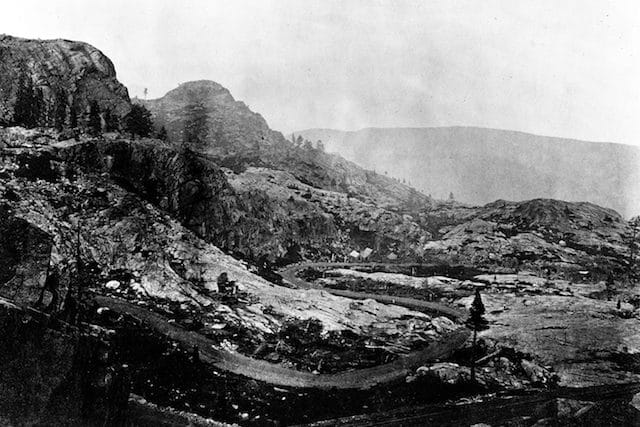
Most people know quite a bit about the Donner Party, but most articles and most of what people know focuses on the grotesque cannibalism that people had to commit in order to survive the harsh winter in the Sierra Nevada Mountains. These desperate actions, by an increasingly desperate group, are certainly fascinating and show us just what lengths humans will go to when they need to survive. However, our focus is more on the fact that the Donner Party should have known going in that they were doomed to fail.
The group was two families, Donner and Reed, and with both extended families they had roughly 20 wagons and about 80 people. In order to safely make the trip, most people left in mid-April, when there was a lot of grass on the ground for pack animals, knowing they couldn’t leave much later without running into dangerous snowstorms. Not only did the Donner Party not leave until mid-May, but they took an untested route called the Hastings Cutoff — even the man who designed the route had never tried it, and despite strong advice to the contrary, they tried to “take a short cut.” In the end, history knows just how bad an idea this shortcut and late start was — they never really stood a chance.
9. The Franklin Expedition
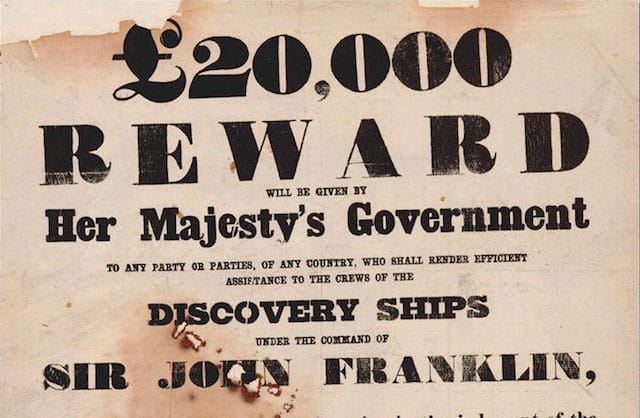
The Franklin expedition was an arctic exploration discovery mission headed by Sir John Franklin back in 1845. Sir Franklin had been on multiple arctic missions before, and being almost 60-years-old, he was to go on one last mission to chart the northwest passage — his final triumph as an explorer. He set out with two sturdy, well equipped ships, the HMS Erebus and the HMS Terror. Perhaps such frightening names should have been a warning from the start, but things quickly went wrong. It wasn’t very long before contact with the ships was lost and everyone was certain they had come to a bad end.
Sir Franklin’s wife got enough national interest ginned up for multiple recovery missions, but while they did find the remains of the expedition, it was too late to rescue all the doomed sailors. Ironically, all of these rescue missions helped, finally, to fully chart the area. However, for Franklin and his men, they simply hadn’t had enough information to go on to begin with, and essentially sacrificed themselves to give the rest of the world a better knowledge of the waters and coastlines in that area. To put it simply, because the waters were not properly charted yet, their ships got stuck in the ice and never sailed again after. The survivors resorted to eating the dead, and doing whatever they could to stave off death, but they could not hold on long enough for rescue to arrive.
8. The Percy Fawcett Expedition
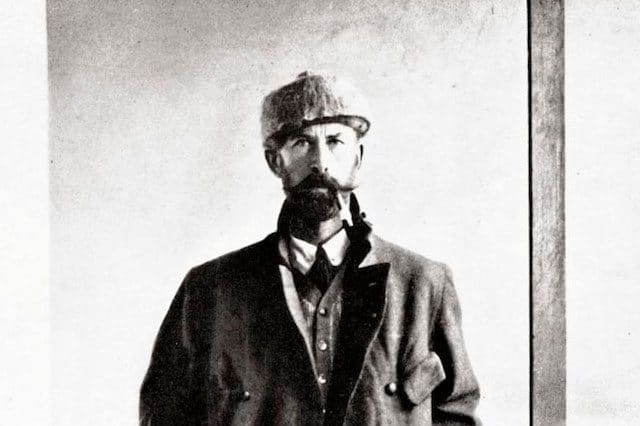
Percy Fawcett was a former British military man who became famous as an explorer, especially for his charting of the Amazon — his multiple missions made him something of a celebrity at the time. However, like many explorers he heard a lot of tales on his journeys, and over time started to believe in incredibly fascinating and bizarre lost cities with bustling populations, and amazing architecture beyond what we would have expected at the time. He called this place “The city of Z” (if that sounds familiar, in 2017 the film The Lost City of Z was released to critical acclaim, starring Sons of Anarchy‘s Charlie Hunnam as Fawcett) and became obsessed with searching for it. After a couple of failed attempts, he finally got funding for one final mission, for which he only took two people — one of whom was his adult son.
After sending a few letters back, he stopped sending them at all, as he and his group descended farther into the uncharted depths of the Amazon. While no one expected him to keep communicating once he was deep into the jungle, after a couple years, most people assumed he had met some kind of final end, whether it was through death or capture. Many expeditions over the years, even in recent times, have tried to uncover the truth.
One native tribe claimed to recall the explorers from years back in their stories, and had warned them not to go into an area with very dangerous and violent tribes — the explorers had ignored their warnings. It seems they may have never stood much chance, if they planned to go into the most dangerous parts of the jungle with only three men, and completely ignored the warnings of the well-meaning natives to stay away from the most dangerous people.
7. The Narvaez Expedition
In 1536 the Spanish government tasked Panfilo de Narvaez with leading a ship full of men to the New World in order to establish colonies and bring the Spanish empire much new wealth and resources. Unfortunately, after years of brutal exploration, only four men were left alive to report back home — and they had no gold and nothing of value besides information to offer their leaders. They talked of many different and varied tribes, of some of their members being killed, others enslaved, and some worshipped even as gods among the natives.
The expedition itself, though, really had little chance. At this point, plagues had not yet broken out across the Americas, wiping out most of the native people. They were thick on the land from coast to coast, and were not too keen on being invaded. The Narvaez expedition made landfall in Florida with only 300 skilled men — not even close to enough to essentially invade and start taking over large swathes of land and resources. In the end, it was an exercise that gave the Spanish government and the world a lot of knowledge about lower North America and its native people, but accomplished little, if anything, else.
6. The Apollo 1 Disaster

The Apollo 1 disaster was a failure that was part of our earlier efforts to complete a manned mission to the moon. The astronauts, Ed White, Roger B. Chafee, and Virgil Grissom, were all taking part in a test launch for the mission about a month before it was supposed to actually launch. The ship was not fueled, and for this reason, the powers that be did not think that anything particularly dangerous could occur. Sadly, they were wrong. Due to an electrical failure, a fire started during the test countdown.
Nearby maintenance workers did whatever they could to open the hatch doors, but the design made it extremely difficult. The hatch could only open inward, the pressure of the gases once the fire started made it even more difficult, and even in the best of times it required venting of the command module, which took way too much time. All three astronauts perished in the fire, which also spread quickly because of the high oxygen environment. To prevent further disasters, the hatch doors were later designed so they could open outward and operate much more quickly, flammable materials were replaced, and the high oxygen amount was cut with some nitrogen at launch to make it harder for potential fires to spread. Unfortunately, three highly trained astronauts had to lose their lives in order for NASA to learn these particular lessons.
5. John Quincy Adams And The Center Of The Earth
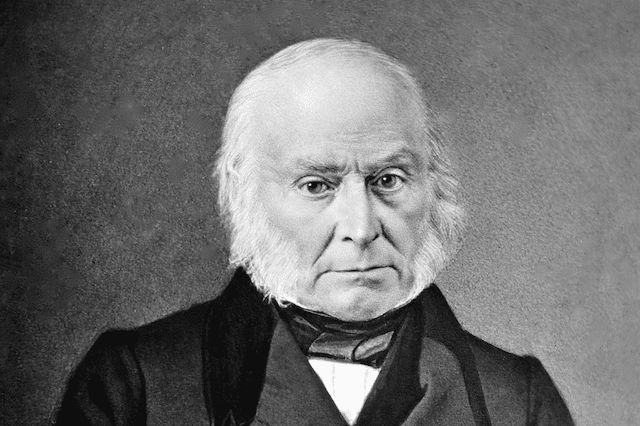
In the early 1800s in the United States of America, there existed a man named John Symmes, who had been a former army officer, and after a lot of reading and exploring and theorizing, he became convinced that the world around us was not quite what we thought it was at all. While there are people who genuinely believe in some kind of conspiracy of a flat Earth, Symmes believed something genuinely crazier. He thought that Earth was hollow, and that it had concentric spheres, sort of like Saturn’s rings, but on the inside. He has convinced that there were multiple spherical worlds within our world that all existed on their own, and he toured the country on a lecture circuit trying to gin up support for an expedition.
He wanted 100 men with reindeer and sleds to set out from Siberia and find his fabled entry to the center of the earth, where he believed he would find animals, food, an entirely different atmosphere, and even more worlds within that one as well — he believed it was also possible we would find other or different people. Most in government thought him insane and refused to back up his proposal, but none other than President John Quincy Adams was interested in the expedition. Unfortunately, while the president was interested, Congress was not, and the idea did not go through before President Jackson came along and made sure the idea was killed permanently.
4. The Money Pit/Money Sink
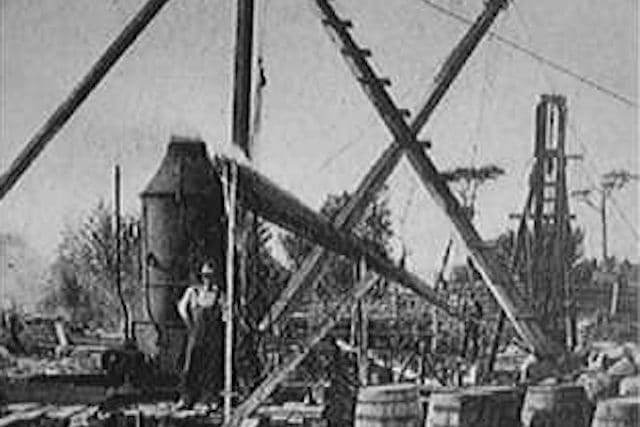
For those who aren’t familiar with it, The Curse of Oak Island is a reality show on the History Channel that is basically treasure hunting with modern day equipment. The Laguna brothers and the Blankenships have been obsessed with a place called Oak Island in Nova Scotia, and the alleged Money Pit that contains untold treasure deep beneath the ground. These people read an article in Reader’s Digest about previous efforts to find the treasure, which already claimed six lives, and decided to devote their entire lives in an attempt to find it. Their efforts have certainly been helped partly by the funding from the reality show, but as of yet they haven’t really found anything of true substance.
They have found lots of suggestive hints, or small pieces of this or that, but they have also clearly spent an incredible amount of money on their efforts to find a treasure deep underground, and have precious little to actually show for it. To make matters worse, the treasure could already be flooded or destroyed, it could have already been removed long ago, or perhaps it was never there. And, even if it is, it may not have any true value at this point in time. On top of that, if the treasure exists, it would have to have incredible value to dwarf the amount already wasted trying to find it.
3. Ponce de Leon Was Not Searching For A Fountain, But It All Ended Poorly Anyway

Most people know of Ponce de Leon, the Spanish explorer who searched the Florida coastline, trying to find a fabled fountain that would provide eternal youth to whomever used it. Since the legend arose, there have been countless books and movies using this mythic place as a plot device, or even basing the entire story around it. However, there really is no truth to it at all. It turns out that the whole fountain and Ponce de Leon thing was made up after his death by people who wanted to discredit him, but there are no documents that even suggest he ever looked for it. However, that doesn’t mean everything went well for the man everyone thinks was searching for immortality.
He did search the coastal and island areas of Florida, but it was in search for gold, and for a new place to claim land for Spain, and gain prestige as a governor of a large new fiefdom. After multiple encounters with natives, and learning what he could for the time being, Ponce ended his first expedition and headed back. The most important thing he realized was that Florida was not just an island, but he was still not able to get funding to return for another eight years. When he did return with 500 men to establish a colony on the mainland, they started struggling almost instantly and then were ambushed by the natives. Ponce was shot by an arrow and they abandoned the colony and headed back home. While he did not immediately die, his health never fully recovered from the wound and his dreams of personally setting up a colony in Florida were lost.
2. Ferdinand Magellan’s Voyage Was Much More Failure Filled Than Many People Realize

Ferdinand Magellan is famous for being the first man to sail around the world, however, it was more like the remaining surviving sailors who truly get the credit, because Magellan never made it back home. Magellan is a man who has been raised to truly larger than life proportions, but he was a man like any other, and while taking on an incredible undertaking, he made a lot of mistakes in planning and in execution. While his five ships and 265 men were very well equipped at first, he simply did not properly calculate at all just how long the journey was going to be. To make matters worse, one ship abandoned the fleet, and another was sunk and lost, dropping supplies and moral still further.
The sailors on the ship resorted to eating rats, and the little dust left from the hard ship’s biscuit. They also tried to eat their own shoe leather, parts of the keel, and and anything else they could get their hands on. Scurvy was unavoidable, and death by malnutrition was common — the water was basically all recycled and yellow, the only thing they could drink, still more sustaining than salt water. With almost no supplies left, they made landfall in the Philippines where the natives were quite kind to them.
In the Philippines, Magellan even managed to convert a tribe leader to Christianity. However, Magellan got a little excited and decided he wanted to start conquering or converting all of the native tribes, and went on the warpath against another local tribe leader. Magellan was taken down by poison arrows and his men fled for their lives. In the end, after another perilous sea voyage to make it the rest of the way home, a grand total of 18 men finally made it back to report their discoveries.
1. The USS Jeannette’s Failed Expedition To The North Pole
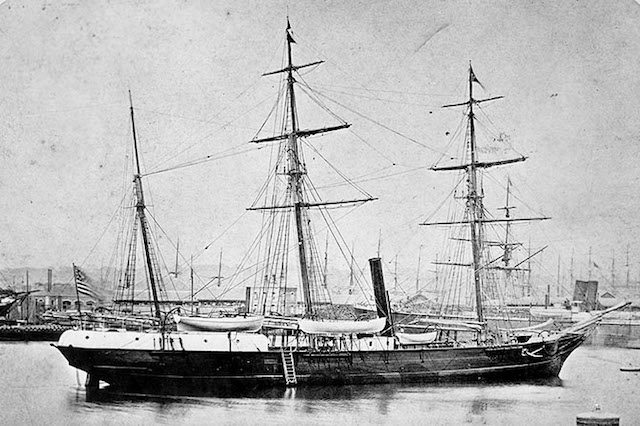
The USS Jeannette expedition was a gilded age mission to make the United States of America the first country to make it to the north pole. At this point in time, the United States was just starting to become a great power, and wanted to prove that all of its newfound wealth could accomplish great things. One of the men behind this, James Gordon Bennett Jr., owned a newspaper called the New York Herald and was one of the richest and most influential men in the world at the time. He believed that this expedition, bankrolled mostly by him, would sell a lot of newspapers and cement the United States’ place on the world stage.
However, from the beginning the expedition was truly doomed to fail. This was near the end of an age when people still believed that you could actually sail to the north pole, instead of what we know now — you need to be prepared to go quite some ways over land. The ship got stuck in the ice before long, and the men had to leave it as it was sinking into the sea. While they never did find the north pole, it turned into a harrowing survival adventure, as the survivors had to trek across a thousand miles of frozen tundra to the coasts of Siberia quickly enough to avoid the winter that would soon be setting in. Well over half of the men who were sent on the expedition did not survive, including the commander, Captain George W. De Long. Eventually, we learned that the expedition as planned would have been quite impossible to begin with.